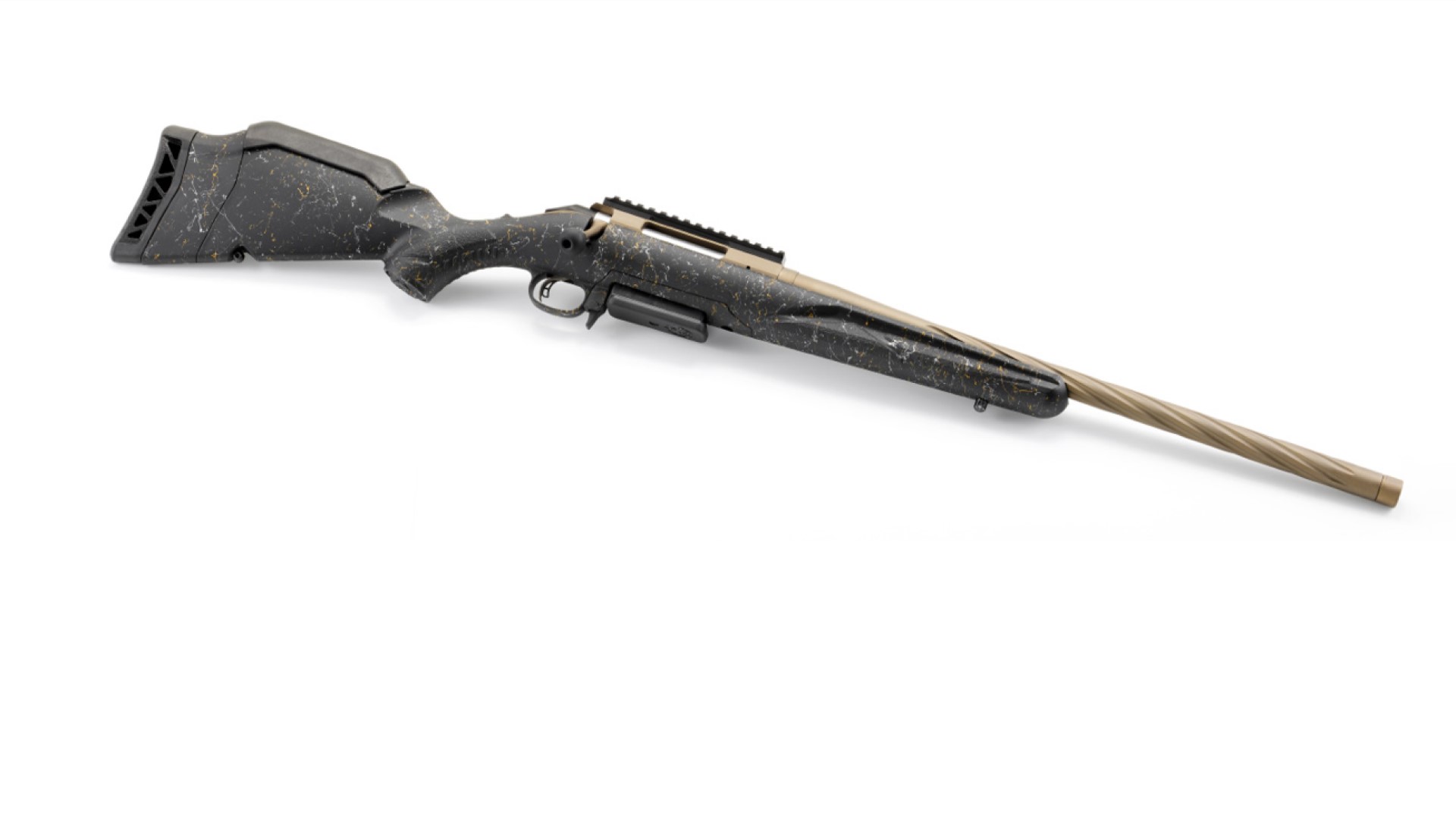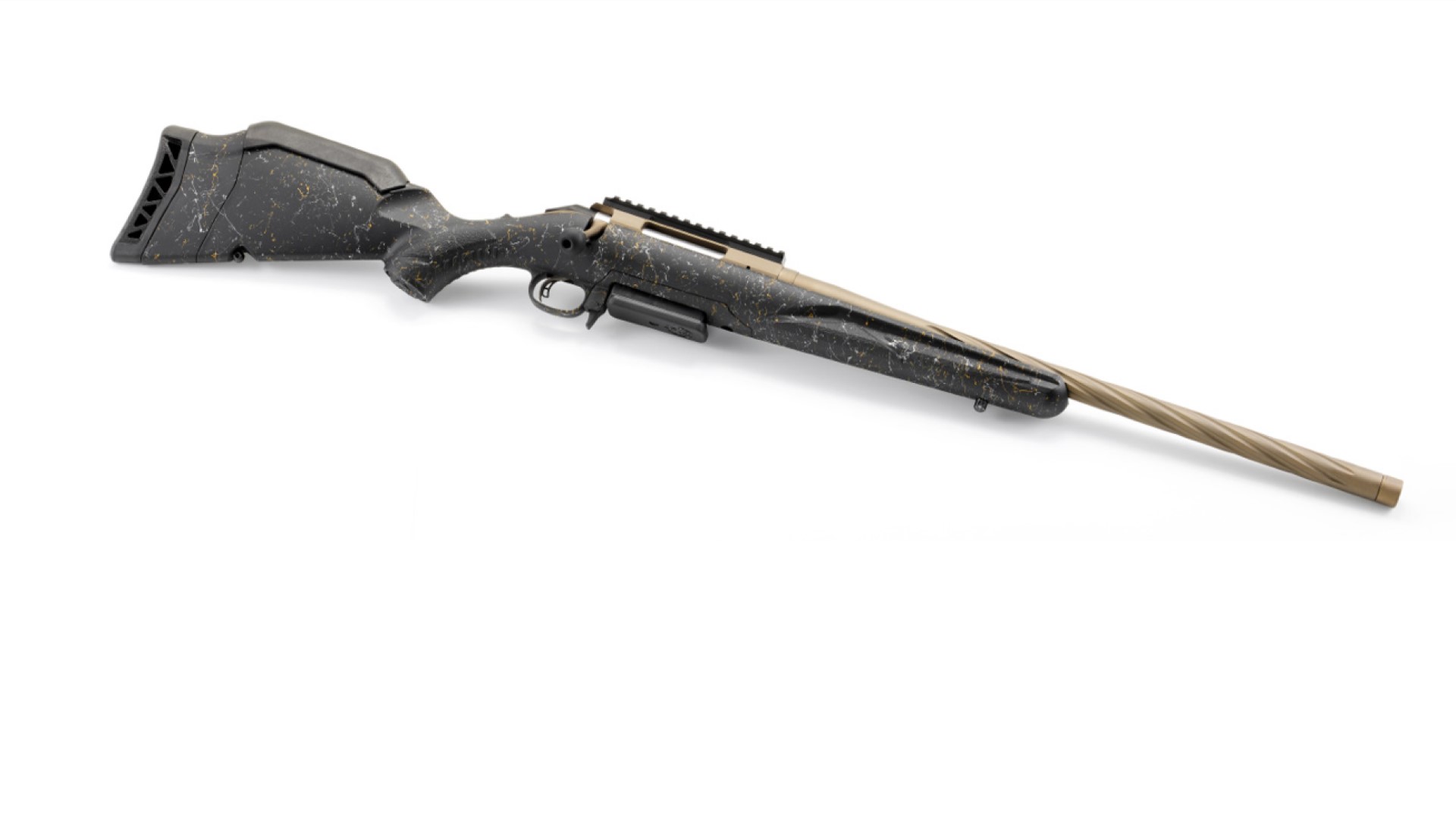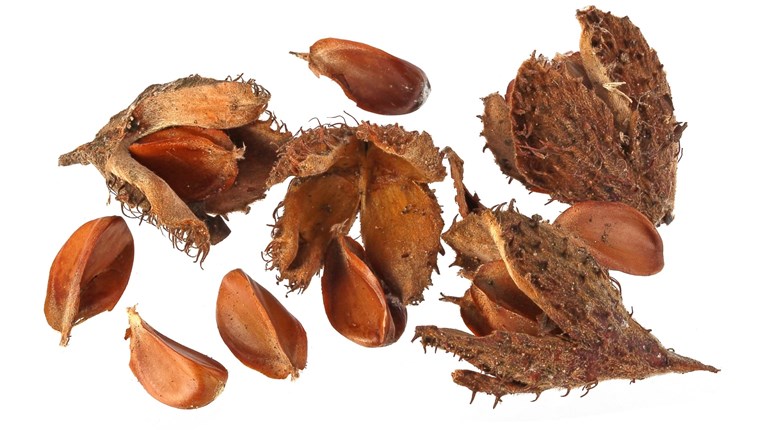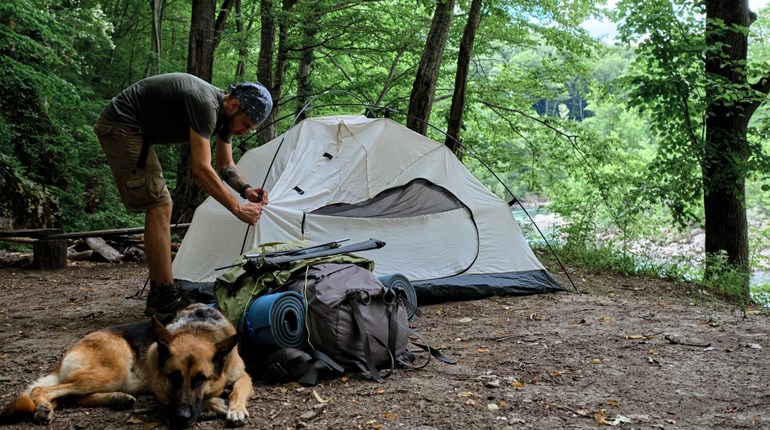
In any outdoor adventure, whether it is a leisurely hike or a backcountry hunting trip, there is always a chance that you may need to rely on natural resources to sustain yourself. Knowing how to identify edible plants in the wilderness isn't just a skill for hardcore survivalists—it's a practical skill that anyone spending time outdoors should have. Recognizing which plants are safe to eat can provide you with essential nutrients if you find yourself in a challenging situation, and it can also add a new level of enjoyment to your adventures outdoors as you learn to forage safely and responsibly. Here is a short guide to identifying five commonly found edible plants in North America, along with tips on recognizing them, where to find them and what to expect regarding flavor.
Dandelions
Dandelions are among the most recognizable wild plants thanks to their bright yellow flowers and jagged-edged leaves. The leaves grow in a basal rosette, close to the ground, and their toothed edges are distinctive and often compared to lion's teeth. (That's where the name comes from; in French, "lion's tooth" is dent-de-lion and it's pronounced "dan-de-leeon.")
In the spring, dandelions produce hollow stems with small yellow flowers that turn into puffy seed heads. You can find dandelions nearly anywhere in North America, from suburban lawns to remote meadows. They thrive in the sun and shade and are often among the first plants to bloom in the spring. Dandelion leaves have a slightly bitter taste similar to arugula, while the flowers are milder. Both can be eaten raw in salads, but some prefer to sauté the leaves to reduce the bitterness. The roots can also be roasted and used as a coffee substitute.
 Cattails
Cattails
Cattails are easily recognized by their tall, grass-like stalks and distinctive brown, cigar-shaped seed heads. The plant typically grows in wetlands, marshes and along the edges of ponds and rivers. The leaves are long and flat, growing straight up from the base. Commonly found throughout North America, there is a high chance of spotting them if you find yourself near a freshwater source. Young shoots of cattail have a mild flavor and can be eaten raw or cooked. The roots are starchy and can be boiled or ground into flour, while the flower heads can be eaten like corn on the cob when they are still green.
Wild Asparagus
Wild asparagus can be harder to spot since it often blends in with surrounding plants. Look for tall, thin stalks with a feathery, fern-like top that looks different from the farm-raised asparagus. The stalks will be thinner than what you find at your local grocery store and may vary in length, especially in early spring when they first appear. This wild edible can be found growing in open, sunny areas like fields, roadsides and the edges of pastures. It is common in various regions across the U.S. and Canada. Wild asparagus has a flavor similar to its farm-raised counterpart, but is often more intense. It can be enjoyed raw or lightly steamed, sautéed or roasted.
 Clover
Clover
Clover is a low-growing plant with three-leaf clusters that are typically green with a light marking on each individual leaf. The flowers, which can be white, pink or red, are small and form in rounded clusters atop short stalks. Be cautious when collecting clover, as it’s easy to confuse it with other three-leafed plants, though most clover species are edible. Clover grows in grassy areas, meadows and fields, and is commonly found in both wild and suburban areas across North America. The leaves and flowers of clover are mild and slightly sweet and can be eaten raw in salads or dried to make tea. Clover is a great addition to a survival diet due to its protein content, which is rare for wild plants. (This is also why deer like it so much!)
Wood Sorrel
Wood sorrel (pictured at the top of this article) is a small plant with delicate, heart-shaped leaves that look similar to clover but are more rounded. The leaves are often bright green, and the plant produces small flowers in yellow, pink or white. When picked, wood sorrel leaves fold up slightly. Commonly found throughout North America, this edible thrives in moist, shady areas such as forests, along riverbanks and in the shade of larger plants. Wood sorrel has a refreshing, lemony flavor due to its oxalic acid content, which gives it a tangy taste similar to lemon zest. While safe in moderation, it is best not to eat large quantities of wood sorrel, as high amounts of oxalic acid can be hard on the kidneys. With that being said, it is an ideal garnish or salad green.
Safety Tips for Foraging
While these plants are safe and nutritious when properly identified, always follow a few critical rules when foraging for wild edibles:
- Know Before You Eat: If you are not 100% sure of a plant's identity, do not consume it. Mistaking an inedible plant for an edible one can have serious consequences.
- Test for Allergies: Even if the plant is safe for most people, try a small amount first to ensure you do not have an adverse reaction.
- Avoid Polluted Areas: Only harvest plants from areas free from pesticides, pollutants or roadside contamination.
- Sustainable Harvesting: Take only what you need and avoid overharvesting to ensure the plant population remains healthy and abundant.
Learning to identify edible plants in the wilderness is a valuable skill for outdoor enthusiasts. Not only does it enhance your understanding of the environment, but it also prepares you for unexpected situations where these plants could provide sustenance. Dandelions, cattails, wild asparagus, clover and wood sorrel are just a few examples of the many edible plants you can find in the wild. By recognizing these plants and following safe foraging practices, you will be well on your way to learning an invaluable skill that you can pass along for generations to come.






































